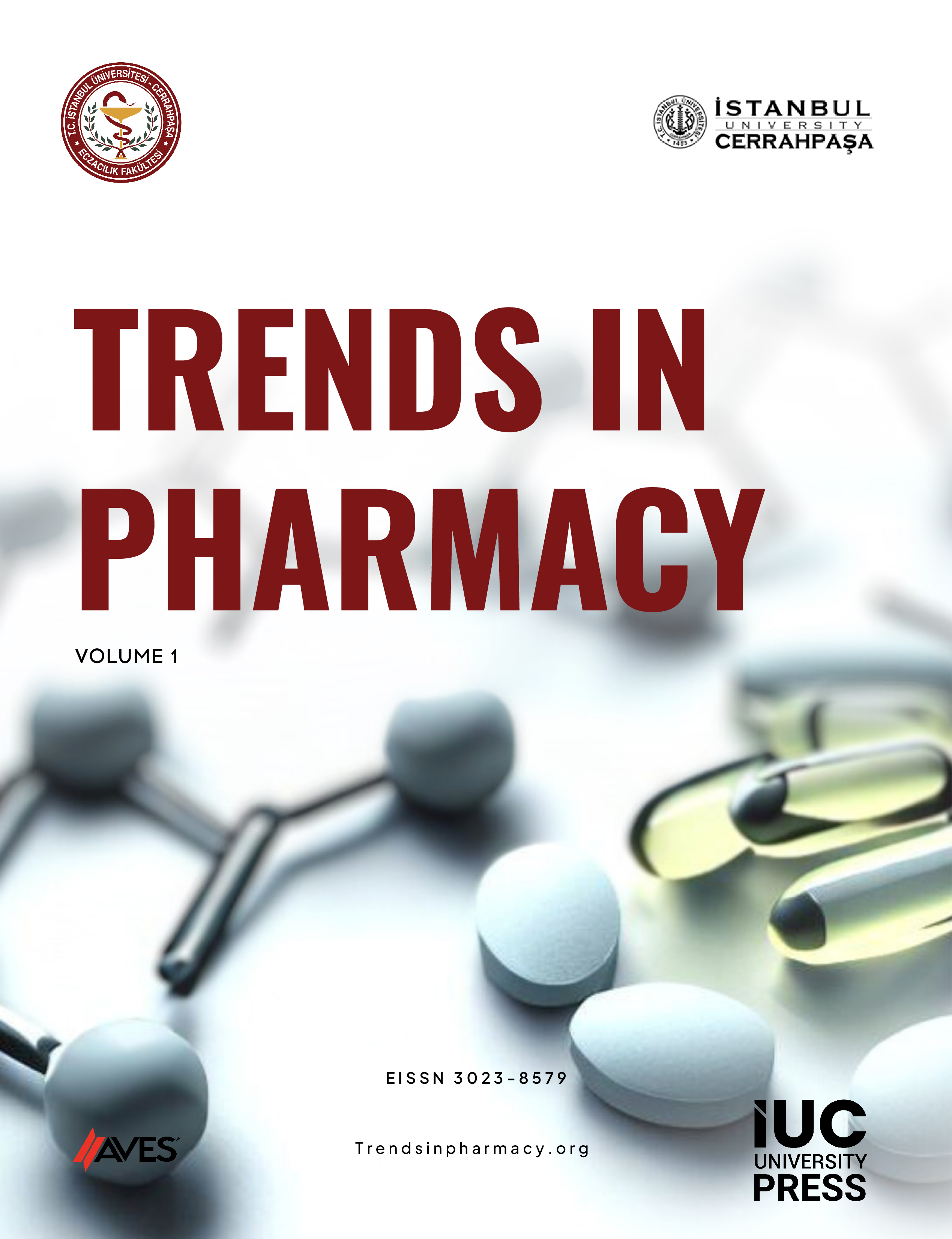Background: Nanoparticles (NPs) have a wide range of applications due to their specific physicochemical properties. For instance, MgO NPs are utilized as humidity sensors, catalysts, and reducers. They also exhibit antibacterial properties and show promise in the diagnosis and treatment of cancer. Research has indicated that metal-based NPs can be taken up by various organisms, leading to growth inhibition, severe histological and morphological changes, reduced photosynthesis capacity, oxidative stress, and even death. However, only limited studies have explored the toxicity of MgO NPs. Therefore, the aim was to investigate the toxic effect of MgO NPs on Artemia salina (A. salina) using different methods.
Methods: In this study, MgO NPs were characterized by ransmission electron microscopy (TEM). The acute toxicity was assessed after the treatment of MgO NPs with different concentrations (35-500 μg/mL) for different periods (24, 48, and 72 hours) on A. salina. Finally, the Malondialdehyde (MDA) assay and catalase assay were used to investigate the possible oxidative damage.
Results: Based on the TEM findings, the mean size of MgO NPs was determined to be 47.2 nm. The acute toxicity assessment reveals that exposure to MgO NPs leads to mortality in the treated larvae. While there was no notable mortality after a 24- hour exposure period, viability of the larvae significantly decreased at 48 and 72 hours. LC50 values were estimated at 210.2 and 67.06 μg/mL respectively for these time points. There were no significant alterations observed in MDA or Catalase levels following MgO NP exposure.
Conclusion: MgO NPs pose a danger to nature and aquatic life such as A. salina and emphasize the importance of taking necessary precautions against environmental pollution of NPs.
Cite this article as: Abudayyak M, İnal HN, Evaluation of toxic effects of MgO nanoparticles on Artemia salina. Trends Pharm. 2024, 1, 14, doi: 10.5152/ TrendsPharm.2024.23014



